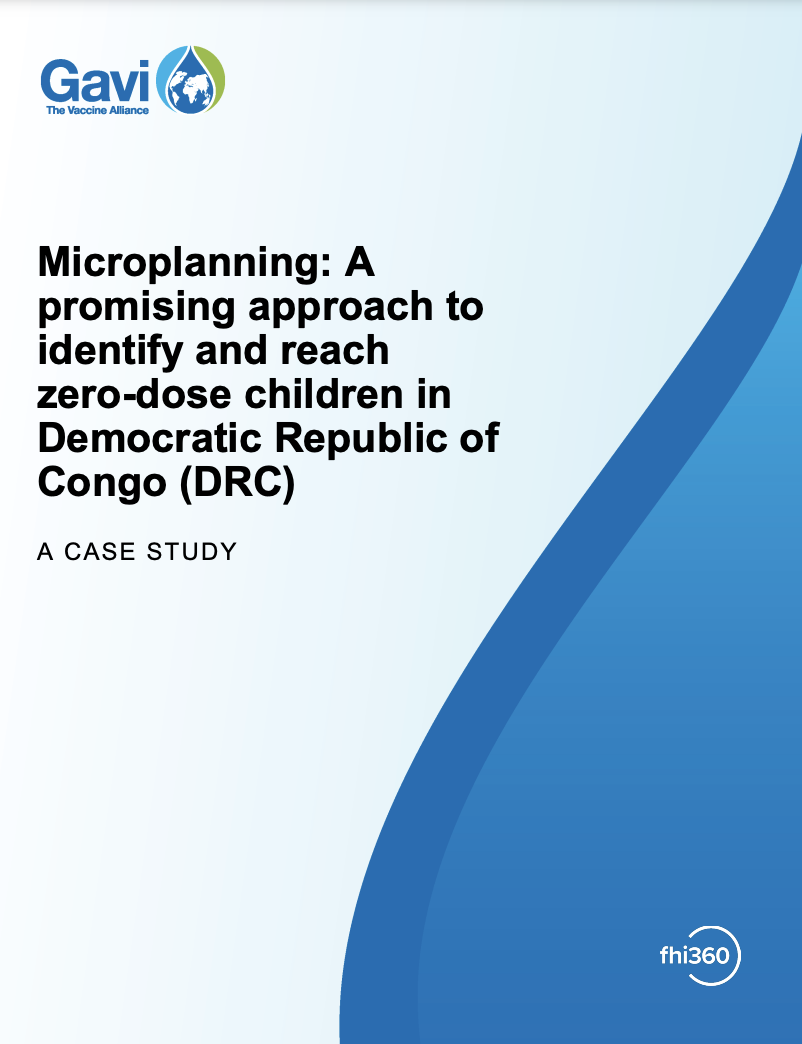Guidance note
Developing COVID-19 vaccination strategies with GRID3 maps
In this guide, we provide instructions on how to use GRID3 maps for COVID-19 vaccination microplanning. We also highlight how comprehensive data on settlement locations, health facilities, boundaries, and target populations (disaggregated by age and travel distance to health facilities) can be used to help answer important questions during planning of a health campaign, such as:
- Where are people located?
- How far do people have to walk or drive to their nearest health facility?
- What is the best way to reach certain settlements?
- Which settlements may be hard to reach?
- Where does one health facility catchment area end and where does the next one begin?
- Are there any gaps between health catchment areas that may lead to missed settlements?
- Where is the most optimal location to establish a mobile health post/outreach site?
This guide is intended for health officers and teams at national, subnational, and/or local levels that are conducting microplanning for COVID-19 vaccinations.



